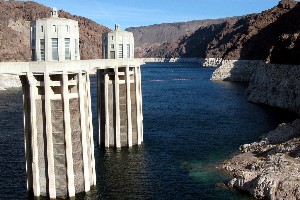National Science Foundation awarded Marrone Bio Innovations Inc. of Davis, California $600,000 in grants for naturally-based biotechnologies to control invasive mussels. The funding includes a $500,000 Small Business Technology Transfer Program grant for the project Commercialization of an Innovative Green Technology for Controlling Zebra Mussels and a $100,000 Technology Enhancement for Commercial Partnerships grant.
Marrone says it commercializes a technology involving a strain of Pseudomonas fluorescens bacteria that selectively kills large numbers of the invasive mussels but is not harmful to water quality or other aquatic organisms. Pseudomonas fluorescens microbes are found in water bodies throughout North America. The New York State Museum’s Field Research Laboratory first discovered the bacteria, and joined with Marrone in bringing the technology to market.
The company says the damage caused by zebra and quagga mussels total in the billions of dollars to the North American economy and have a negative impact on freshwater ecosystems. These tiny, fingernail-sized mussels foul the aquatic environment while clogging the intake pipes of industries that draw water from infested lakes and rivers.
Although populations have been widespread in the Great Lakes region and the Midwest for almost two decades, these mussels were only found for the first time west of the Rockies in the last three years, specifically in regions of Nevada, Arizona, Utah, Colorado and California. In 2007, quagga mussels were discovered in Lake Mead, on the lower Colorado River system, infesting water and hydroelectric power plants in Nevada, Arizona and California, including the Hoover, Davis and Parker Dams. In 2008, state officials in California confirmed the presence of zebra mussels in the San Justo Reservoir.


 RSS - Posts
RSS - Posts
You must be logged in to post a comment.